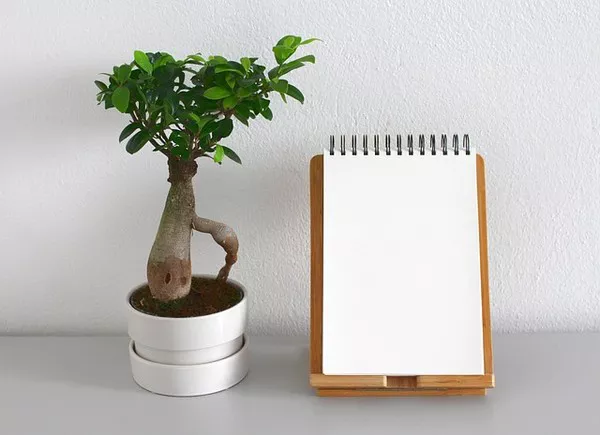Bonsai soil plays a crucial role in the health and growth of bonsai trees. It provides essential nutrients, supports root development, ensures proper drainage, and promotes aeration. While pre-packaged bonsai soils are readily available, many enthusiasts prefer to create their own customized bonsai soil mixes. Making your own bonsai soil allows you to tailor the composition to meet the specific needs of your tree species, growing conditions, and personal preferences.
In this comprehensive guide, we will delve into the art of making your own bonsai soil. We will explore the various components that can be used, discuss their characteristics and benefits, and provide step-by-step instructions to help you create a high-quality bonsai soil mix tailored to your unique requirements.
I. Understanding Bonsai Soil Components
Organic Components:
Akadama: This popular Japanese clay is prized for its excellent water retention and drainage properties.
Peat Moss: It improves moisture retention and adds organic matter to the soil mix.
Composted Bark: Provides structure, aids in drainage, and helps retain moisture.
Coconut Coir: Similar to peat moss, it retains water and improves soil structure.
Inorganic Components:
Pumice: Lightweight volcanic rock that promotes aeration and drainage.
Lava Rock: Porous volcanic rock that aids in drainage and root development.
Perlite: Lightweight volcanic glass that enhances aeration and drainage.
Turface/Haydite: Calcined clay products that improve drainage and reduce compaction.
Additional Additives:
Horticultural Charcoal: Absorbs excess moisture, controls odors, and prevents root rot.
Pine Bark Fines: Improves drainage and enhances soil structure.
Worm Castings: Provides organic nutrients and beneficial microorganisms.
II. Creating Your Bonsai Soil Mix
Assessing Tree Species and Growing Conditions:
Different tree species have varying soil preferences. Research the specific needs of your bonsai tree to determine the ideal soil composition.
Consider factors such as indoor or outdoor cultivation, water requirements, climate, and regional conditions.
Gathering the Materials:
Procure the necessary components based on your chosen recipe.
Ensure that the components are clean, free from contaminants, and properly sifted to the desired particle size.
Basic Bonsai Soil Mix Recipe:
A balanced mix generally consists of three components: organic material, inorganic material, and an additional additive (optional).
Start with a basic ratio of 1:1:1, combining equal parts of the organic and inorganic materials, and adding the optional additive if desired.
Adjust the ratio based on your specific requirements. For example, increase the organic portion for water-retentive species or the inorganic portion for moisture-sensitive species.
Mixing the Components:
Use a large container or tarp to mix the components thoroughly.
Wetting the materials slightly before mixing can help prevent excessive dust and aid in better distribution.
Sieving and Sifting:
Pass the mixed soil through a series of sieves or screens to achieve the desired particle size.
Remove any large particles or debris that might hinder root growth or drainage.
Testing and Refining:
Conduct a simple water absorption test by moistening a small sample of the soil mix and observing its behavior.
Refine the mix by adjusting the ratio of components until you achieve the desired level of water retention, drainage, and aeration.
III. Application and Maintenance
Potting Techniques:
Ensure proper pot selection, considering size, drainage holes, and overall aesthetics.
Place a layer of coarse bonsai soil at the bottom of the pot to facilitate drainage.
Fill the remaining pot space with the prepared bonsai soil mix, gently compacting it around the roots
Watering and Fertilization:
Understand the watering needs of your bonsai tree species and adjust your watering schedule accordingly.
Observe the soil moisture levels and avoid overwatering or allowing the soil to dry out completely.
Supplement the soil with appropriate fertilizers to provide essential nutrients required for healthy growth.
Repotting:
Bonsai trees typically require repotting every 1-3 years to prevent root congestion and rejuvenate the soil.
During repotting, carefully remove old soil, trim any circling roots, and refresh the soil with a fresh batch of bonsai soil mix.
conclusion
Remember that the ideal bonsai soil mix may vary depending on your tree species, climate, and personal preferences. Experimentation and observation will help you refine your soil composition over time to ensure optimal health and growth for your bonsai tree.


